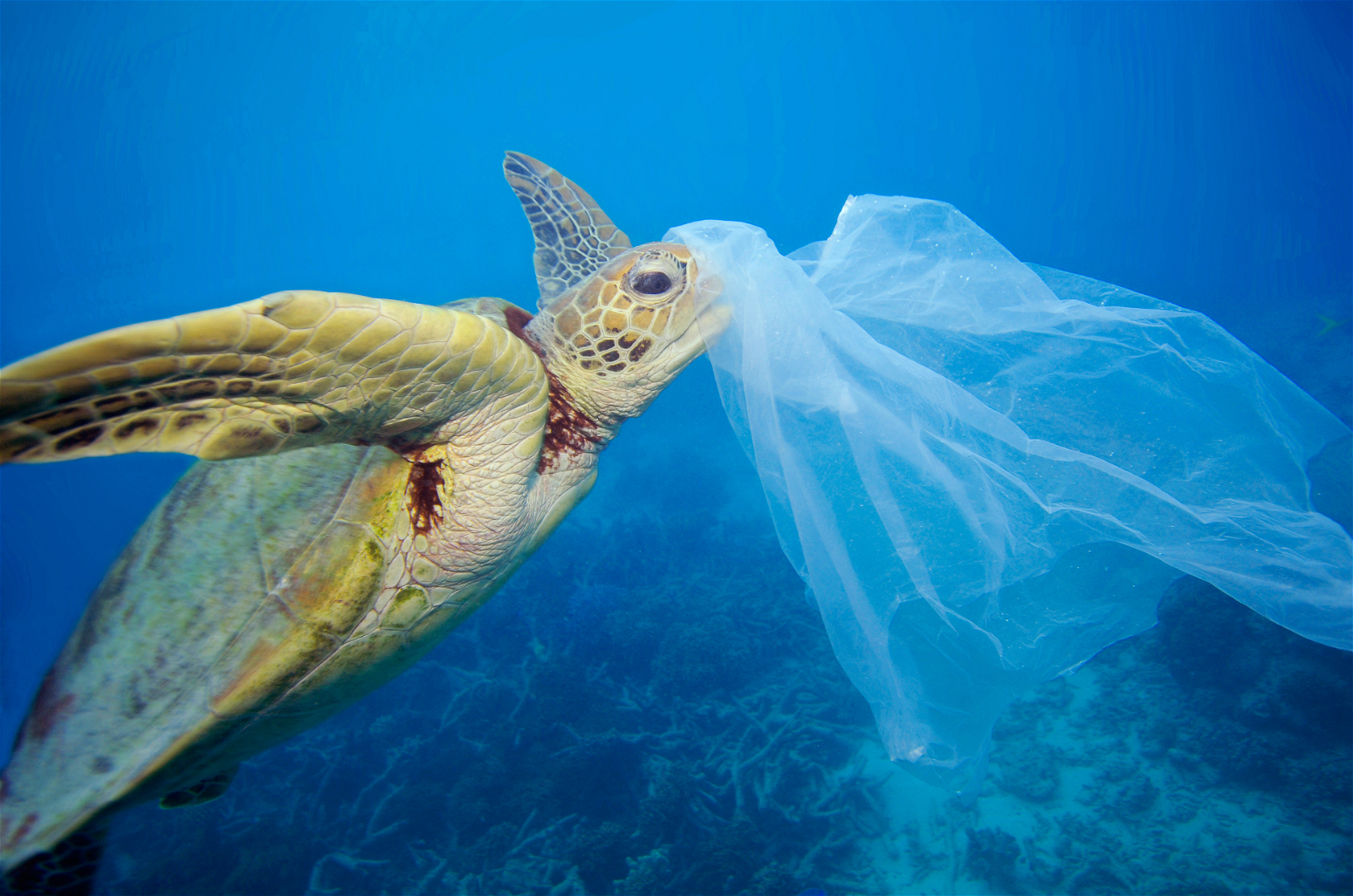 Let’s talk about the mess we are making in our oceans. But first:
Let’s talk about the mess we are making in our oceans. But first:
3 things you need to know to survive:
- Water covers about 71% of the Earth’s surface.
- The human body consists of 70-80% water.
- Without water, a person can not live for more than 7 days.
Water is the source of our life. So why, according to estimates by the UN environmental service, are about 8 tons of plastic, household, and industrial waste, thrown out into the ocean every year?
Even such a large natural resource is not able to recycle so much waste. There is a poisoning of the fauna and flora of both coastal and marine, the decline of fisheries.
Plastic waste makes up clusters and stains in the waters of the Pacific, Atlantic and Indian oceans. Most of the garbage is generated due to the dumping of waste from densely populated areas of the coast. Often, marine animals swallow bags and small particles of plastic, confusing them with food, which leads to their death.
It was found that only in the waters of the Pacific Ocean, the amount of plastic increased 100 times. Even small particles can change the natural ocean environment. During the calculations, about 90% of the animals on the shore die from plastic waste, which they mistake for food.
What could be more dangerous than plastic? Microplastic of course!
According to the existing definitions, microplastic is any piece of plastic, five millimeters to one micrometer, that is, one-thousandth of a millimeter, in size.
New research shows that microplastic, in addition to being present in the air, is found in some foods, and especially in seafood. And this is quite logical: since there is a lot of microplastic in water, it is consumed by fish and other marine organisms that take it as food. Scientists add that microplastic is found even in deep-sea organisms, and mussels and oysters have the greatest risk of accumulating it in themselves.
Sustainable Development Goal 14 “Life below water” calls for careful management of this essential global resource that is a key feature of a sustainable future.
Do something to protect the most important resource for our lives today! Volunteer for the SDG 14 this summer contributing to environmental projects, by applying on aiesec.org!





